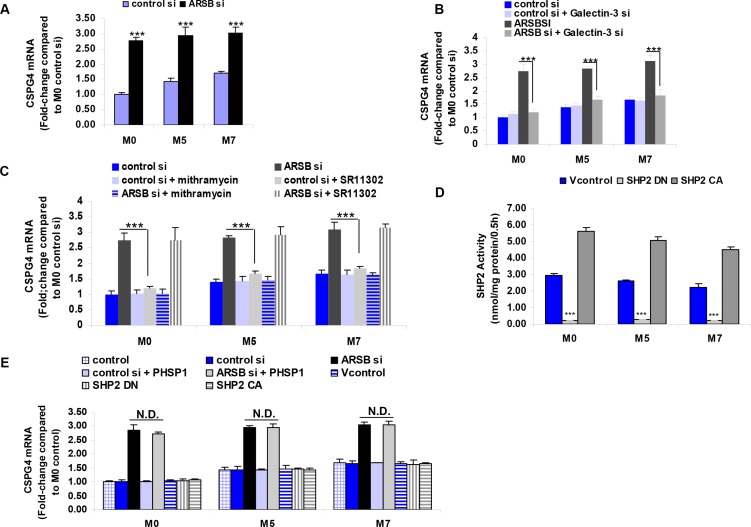Figure 2. CSPG4 mRNA expression increases with decline in ARSB.
(A) CSPG4 expression is regulated by effects of the ARSB – C4S – galectin-3 – Sp1 pathway and is greater in the more aggressive melanoma cell lines (M5 and M7 vs. M0) (p < 0.001; n = 5). The increase in CSPG4 expression is associated with the decline in ARSB activity and the increase in C4S. (B) The increase in CSPG4 expression was inhibited when galectin-3 was silenced by siRNA (p < 0.001; n = 3). (C) Mithramycin, an inhibitor of Sp1 binding to DNA, inhibited the effect of ARSB siRNA on CSPG4 expression (p < 0.001; n = 3). In contrast, SR11302, an inhibitor of c-fos binding to DNA and of AP-1 mediated transcriptional effects, did not block the effect of ARSB siRNA on CSPG4 expression. (D) SHP2 activity was significantly increased by transfection with the constitutively active DNA construct and significantly reduced by the dominant negative construct (p < 0.001; n = 3). (E) SHP2 inhibition, by either PHSP1 or by dominant negative SHP2 DNA construct, had no effect on CSPG4 expression (n = 3). Also, the constitutive activation of SHP2 had no effect on CSPG4 expression. [AP-1=activator protein 1; ARSB=arylsulfatase B; CA=constitutively active; CSPG4=chondroitin sulfate proteoglycan 4; DN=dominant negative; N.D.=no difference; PHSP1=phenylhydrazonopyrazolone sulfonate; SHP2=tyrosine-protein phosphatase non-receptor type 11 (PTPN11); si=siRNA=small interfering RNA; Sp1=specificity protein 1; Vcontrol=vector control].

